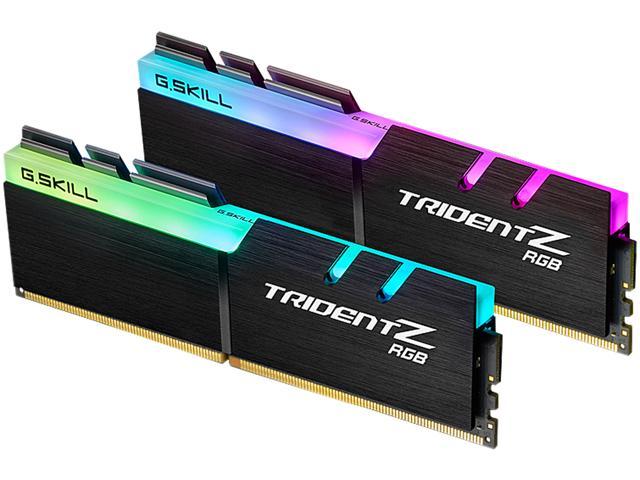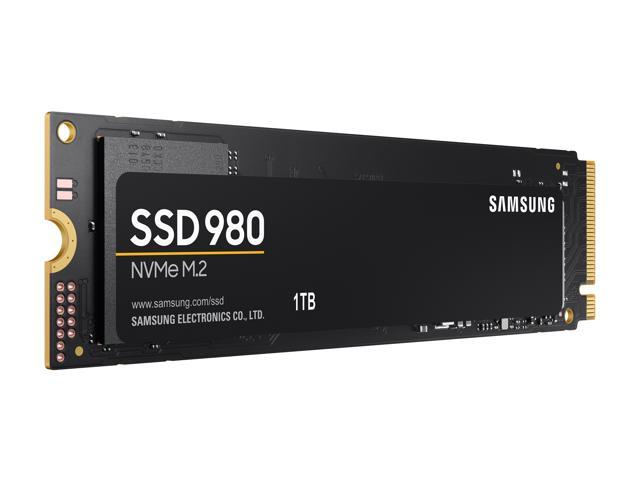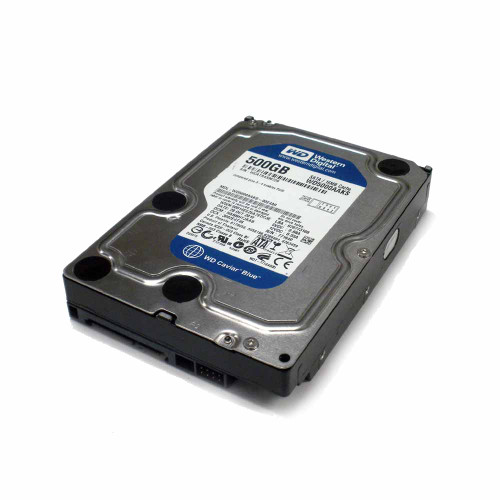Your CPU (Central Processing Unit) is the "brain" of the system. It quickly gives instructions to the other components via arithmetic, logic, and binary sequences. The most common CPU manufacturers are Intel and AMD. Be careful of those pins on the back, they break easily!
The GPU (Graphics Processing Unit) the 2nd most crucial component to your system (the first being the CPU). It's main purpose is to alter memory sequences to create whatever you wish to see on your monitor! By altering and manipulating memory sequences, a GPU's job is to render images and videos on your screen very quickly. This component is the main reason you can play games and watch movies at quality rates.
The motherboard is essentially the backbone of your build. It acts as a site that all of the other components are attached to and "talk" to each other through. Along with harboring slots for other parts of the build, it also hosts the I/O (Input/Output) Panel. THis is where you would typically connect accessories, such as headphones, a keyboard, a mouse, etc. These ports are accessible through a slot in the back of the PC Case, so they are easily accessible without opening your computer.
Your RAM (Random-access Memory) is responsible for hosting and running data that is currently in use by a system. This is what basically runs your system and makes sure all of your applications and programs run smoothly. All of those chrome tabs need to be stored somewhere! A typical RAM stick has many pins, and they usually come in pairs. 16GB is the recomended to handle basic work and gaming.
This is where, well... all of your files and user data are stored. Simple... right?
There are two kinds of storage that you can put in your PC. The first is called an SSD (Solid State Drive). An SSD is the faster and more modern storage, so this is beneficial for heavier loads and conisistent gaming or streaming. Having an SSD can be beneficial, as whatever files or data is stored on it will run faster and smoother, including the entire operating system! Storing your OS on an SSD will help your computer start up faster.
The second available storage type is called HDD (Hard Disk Drive). These componenets are giant, and they emply the use of magnetic fields to "spin" data around a disk. Since it is external and slower, it is not recomended for higher-end systems. However, it is cheaper and will still ultimately get the job done.
Your PSU (Power Supply Unit) is where all of the energy needed to give your build power comes from. Note that it doesn't necessarily generate power. Rather it draws power from an external source (like an outlet) and tranforms AC (high-voltage) electricity to DC (low-voltage) electricity. Converting this energy is essential so the original energy doesn't completely fry the parts. As to choosing how many watts you want, it is recommended to be around 100 watts above the systems requirement. It is very unlikely that you will be underpowered.
Your system will NEED a way to cool itself down, the most common way being with fans. These are usually hooked to the side, back, and top of your case. Intake fans bring cool air into your system, while outtake fans remove the hot air from your system. It is usually recommended to have the same number of intake fans as you do outtake. However, if this is not possible (example: you have an odd numnber of fans), place one more fan on intake as opposed to outtake.
Your case is the shelter for your parts. They have to be kept somewhere, don't they? The case will provide you with places to hook your fans, a mount to hold your motherboard up, and sometimes extra features (varies by specific case) such as hooks for easy cable managament! Some cases are more suited for aesthetics while some are built for proper airflow. Whichever way you lean, make sure to choose one that will cool your system down effectively!
So you've chosen and purchased your parts. What next? Well, now you do the actual building. Relax, no one expects you to know how to build this off of the top of your head. There are many tutorials out there on platforms such as Youtube. You can click here to view a very simple one that I used to build my own computer when I was 14! I hope you found this breakdown helpful! Enjoy your new computer!






